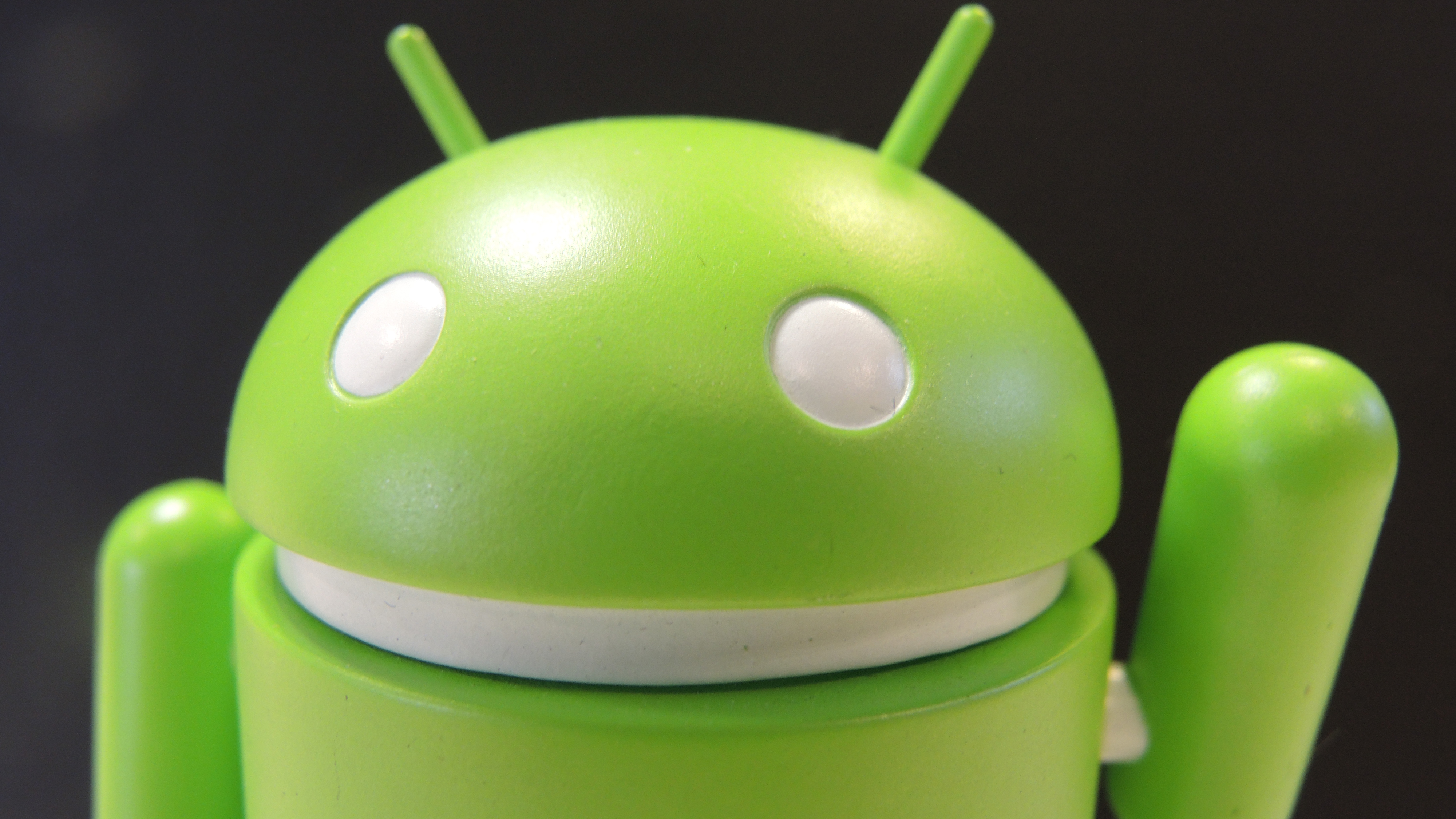Android in 2020: how much could Google's OS change?
Android Rocky Road?

Cast your mind back to late 2008, when the first Android-powered handset saw the light of day. Obama won his first Presidential election, Apple launched its App Store (the iPhone had appeared the year before), Google announced its own Chrome browser and we got our first look at the company's new mobile OS on the T-Mobile G1.
The Android of 2016 is a world away from that 2008 version, where the Android Market was in its infancy, there were no native video playback capabilities embedded and the G1 had no multi-touch support. In short, it was a phone that sat very happily on the pile of 'might make it big one day if the stars align' moonshots that companies were throwing out at that time.
But Google did make a success of Android, seeing it grow to the most dominant operating system in the smartphone world - but it will need to keep innovating and improving its mobile OS to keep that lion's share.
We've re-tooled this article to take a peek into the future with our new knowledge, helping us see what Android might look like in the year 2020.
With new Android monikers now appearing about once a year (Android N expected around October), its codename should start with an "R" - Rhubarb Pie, Rocky Road or Rice Pudding, perhaps? Or maybe even Rolos, giving Google another chocolate brand tie-up?
Here are the four key features we think could play the biggest part in Android's ongoing evolution over the next seven years:
Maps in Android in 2020
Apple's Maps app may not have set the world alight when it launched, but it's now growing in use (to the point where the brand is claiming it's the dominant mapping platform on iPhones) and that means Google needs to keep enriching its mapping app to stay ahead.
Sign up for breaking news, reviews, opinion, top tech deals, and more.
Recent Google Maps refreshes have brought with them a greater level of customisation based on your personal searches, and this will only increase in the future.

With Google Now tracking your every move, you might already be seeing directions to your favourite watering hole appear on-screen every Friday lunchtime or to the football field every Monday evening, all handled automatically.
Richard Jones, Principal Lecturer in Computing at Buckinghamshire New University thinks this knowledge of your habits could be key to the future of how we interact with our phones and may alter how much we depend on our phones.
He believes that what will drive innovation is what he calls "Ambient Intelligence". He told us that "In essence this will see people functioning naturally in digitally enabled/enhanced environments using presence-responsive devices that are tailored to their personalised requirements and anticipatory of their behaviour."
So, for example, in 2020, if the bar in question has an Android-friendly program installed, you might even find your tipple of choice waiting for you when you arrive, because Android will have been able to figure out where you're going, what you're doing, and what you want to drink.
The question of whether this will actually happen isn't as clear - many people won't like to have their movements predicted to such a degree, so it will likely be strictly opt-in and have to involve some kind of credit - after all, no bar is going to pour drinks on the off-chance you appear, no matter how likely that is.
As for all of the services hanging off Maps, Google is already hiring out the Street View cameras and enabling you to peek inside buildings - you can expect Android 2020 to offer better imagery of most public buildings, as well as tappable info as you move around.
Google augments its own data with user-generated content to provide an even more up-to-date view of the world, and once initiatives such as Jump (Google's own - expensive - 360-degree VR rig) become more established you'll be able to see most parts of the world in stunning detail and from the comfort of your own home with the rise of Cardboard... or whatever Google is up to next in VR.
More broadly, with the rise of the Internet of Things, we can expect mapping data to get even better. As more gadgets come online that can provide real-time updates on traffic, weather and more, directions are going to get even better and more accurate, saving us more time when travelling.
Perhaps one of the most interesting potential mapping innovations could come out Google's Project Tango. This is a real-time 3D mapping technology that uses phones with two cameras on recreate your view in 3D - a bit like Microsoft's Kinect.
This technology could be used not just to create cool-looking 3D maps (imagine a 3D Streetview you could zoom around like Grand Theft Auto), but could have practical applications too such as helping the blind and partially sighted navigate more easily - all using the power of your phone.
Multiple brands are launching Tango-enabled phones this year, so by 2020 this should have become an established part of the Android ecosystem.

Dave is a freelance tech journalist who has been writing about gadgets, apps and the web for more than two decades. Based out of Stockport, England, on TechRadar you'll find him covering news, features and reviews, particularly for phones, tablets and wearables. Working to ensure our breaking news coverage is the best in the business over weekends, David also has bylines at Gizmodo, T3, PopSci and a few other places besides, as well as being many years editing the likes of PC Explorer and The Hardware Handbook.